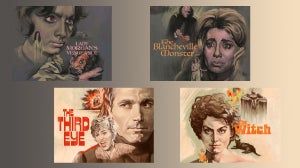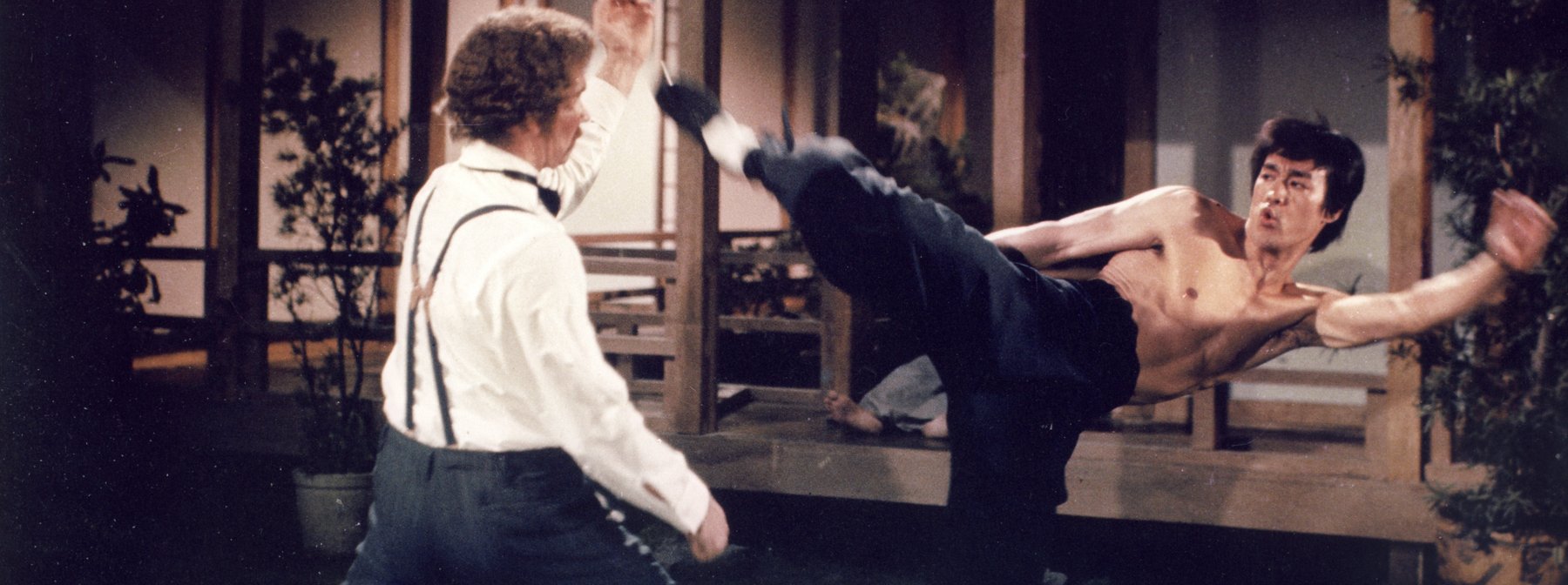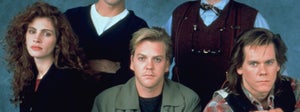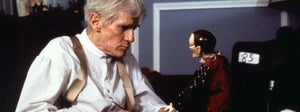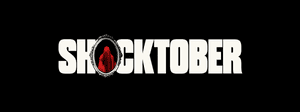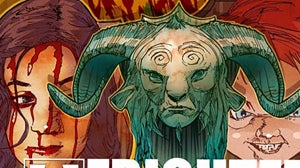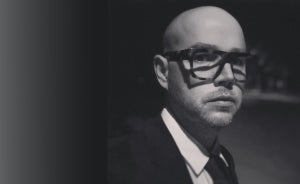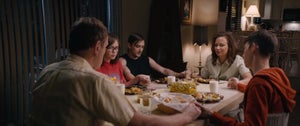
From the streets of Kowloon to the silver screen, Bruce Lee was renowned for one thing above all else – fighting. The beloved star scrapped with classmates in his youth, taught martial arts in the States, and fought his way through some of the most revered kung-fu films ever made.
The one-time Cha Cha champion of Hong Kong had a penchant for choreography and always demonstrated remarkable control over his body. These skills helped him to produce several of kung-fu cinema’s most iconic fights scenes during his time at studio Golden Harvest.
Ice Factory Escape – The Big Boss (Lo Wei and Wu Chia-Hsiang, 1971)
Lee’s first major Golden Harvest throwdown comes after his character, Cheng Chao-an, makes a sinister discovery at the ice factory where he and his friends work. Surrounded by his boss’ thugs and facing a chilling demise, Cheng appears to be doomed. What subsequently plays out is a situation typical of a Bruce Lee film, as he overcomes seemingly insurmountable odds to vanquish multiple opponents.
Cheng’s factory escape marks one of Lee’s most violent fights. Having held back earlier in the narrative, the newly appointed foreman is completely off the leash here, striking and stabbing his way to victory, left bloodstained and haggard by the lengthy brawl. The final deadly blow sees Lee strike a familiar pose – muscles bulging and fist-shaking as he seethes menacingly.
While an undoubtedly brutal encounter, the fight still has a touch of the distinct humour that pervades all of Lee’s kung-fu films. One unfortunate henchman has his nether regions caught in Cheng’s death grip before being flung headfirst into a fellow goon, whilst another attacker is kicked through the ice factory wall, leaving behind a comically perfect man-shaped hole.
Dojo Decimation – Fist of Fury (Lo Wei, 1972)
Next up is another instance of Lee vs Many, but this time you feel that our hero has the upper hand from the off. Fist of Fury sees Lee in the role of Chen Zhen, who, in the wake of his master’s suspicious death, takes the fight to an aggressive Japanese karate dojo that threatens to close the Jingwu School at which he studies.
From the moment Chen steps into the dojo, his victory is never in doubt. Faced with dozens of opponents, he challenges them all to try and take him down. What ensues is the relentless and brutal beatdown of each and every student, including the dojo’s pompous master, who the fired-up Chen utterly humiliates, along with two of his finest pupils.
Lee always had a certain swagger when fighting, but during this encounter, there’s a touch of arrogance as well. The way he so nonchalantly dismisses the first couple of opponents is as downright disrespectful as it is effortlessly cool. While Chen’s pre-emptive actions land him and his friends in a heap of trouble, it’s worth it to see him dish out this thoroughly deserved humbling.
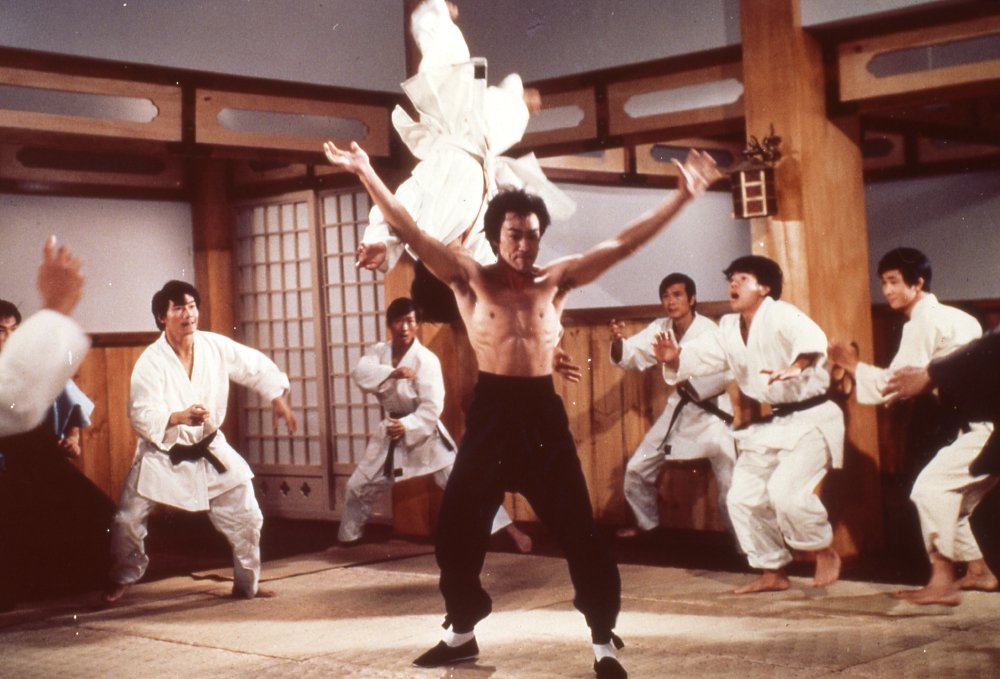
Clash of the Titans – The Way of the Dragon (Bruce Lee, 1972)
Let’s be honest, there was only ever one option here. Bruce Lee’s fight with international karate champion Chuck Norris is arguably the finest of his career. Tricked and betrayed, Lee’s Tang Lung is led to the Colosseum in Rome, where he is met by the hulking mercenary Colt. The historical setting, iconic fighters, and explosive action all make for a cinematic showdown that’s nothing short of exhilarating.
When the fireworks start, they don’t disappoint, as Lee takes on one of his toughest-ever opponents. Built like a tree trunk and hitting harder than an eighteen-wheeler, Colt hands Tang his ass in the fight’s early stages courtesy of some mightily powerful kicks. It’s a close-run affair that marks one of the only times a Lee character struggles in combat.
The Way of the Dragon remains Lee’s only completed film as a director, and the final confrontation showcases his filmmaking abilities. The methodical build-up is akin to a duel from a Western, ramping up the anticipation as Tang and Colt prepare for war in total silence. Of course, one cannot forget the numerous shots of an adorable kitten spectating this epic face-off between two giants of two martial arts.
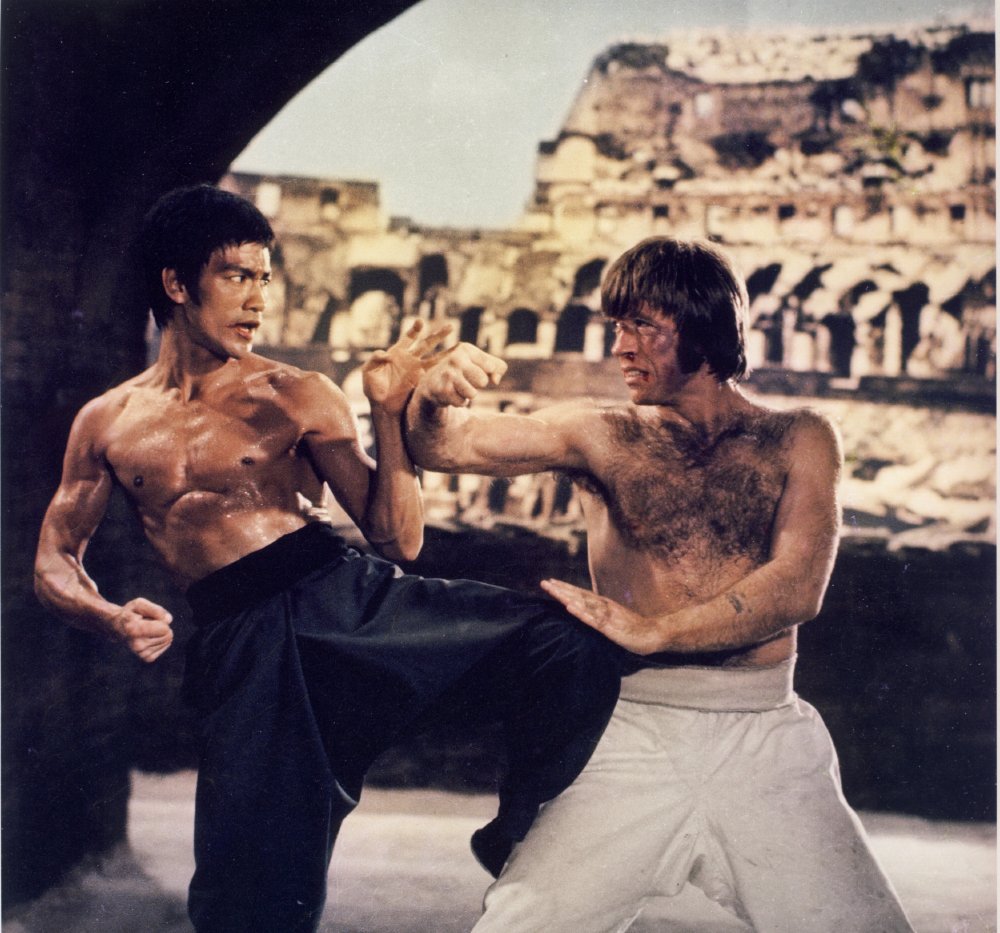
Destroying the Image – Enter the Dragon (Robert Clouse, 1973)
When considering all of Enter the Dragon’s blood-pumping battles, it’s tough to champion just one of Lee’s many duels. An intense revenge match against Bob Wall’s scar-faced Oharra and a prolonged and chaotic underground brawl are both nothing short of enthralling. Even away from its star, the film has several show-stopping scraps featuring John Saxon, Bolo Yeung, and the great Angela Mao.
Nevertheless, one fight does stand out from the crowd, and, perhaps unsurprisingly, it’s Lee’s showdown with the dastardly crime lord, Han. Played to perfection by Kien Shih, Han is hardly a physical match for our hero, Lee, doing little damage save for some scratches from a clawed prosthetic hand. However, once the fight moves into the villain’s hidden mirrored room, the playing field is levelled again.
The mirrored set is fully utilised, the final leg of the fight featuring an array of ingenious shots that make for a truly mesmerising sequence. The battle becomes one of brawn and brain, as Lee must keep his wits about him to outsmart the renegade Shaolin monk. In a film filled with memorable fights and outstanding choreography, it’s the visual majesty of this final clash that elevates it above the rest.
A Three-Floored Farewell – Game of Death (Robert Clouse, 1978)
Game of Death is a challenging film, but it ultimately brought Lee’s final fights to the big screen. The convoluted narrative exists solely to get us to the bittersweet finale, which uses approximately eleven minutes of Lee’s original footage. In the 1978 version, Billy Lo, played by Lee and a handful of stunt doubles, reaches the Red Pepper restaurant to enact revenge on an evil syndicate.
As Lee ascends the stairs for the first time and throws a wry smile at his adversary, it’s an undeniably special moment. After eighty-odd minutes of waiting, the real deal has arrived. Lee’s mere appearance evokes a visceral reaction, which says all you need to know about his indelible presence. It’s as if an old friend has suddenly appeared, and yet there’s a palpable sadness in thinking of what might have been.
Lee uses all of his best-loved tricks and weapons to take down each of his three opponents. His tangle with NBA superstar Kareem Abdul-Jabbar has been etched into kung-fu cinema folklore, as has Billy’s legendary yellow jumpsuit. However, above all else, Game of Death’s finale proves that no level of filmmaking skill can hope to replicate the greatness that only Bruce Lee himself could deliver.
https://www.youtube.com/watch?v=j6d8BB_1FkI&pp=ygUPYnJ1Y2UgbGVlIGFycm93

Related Articles
